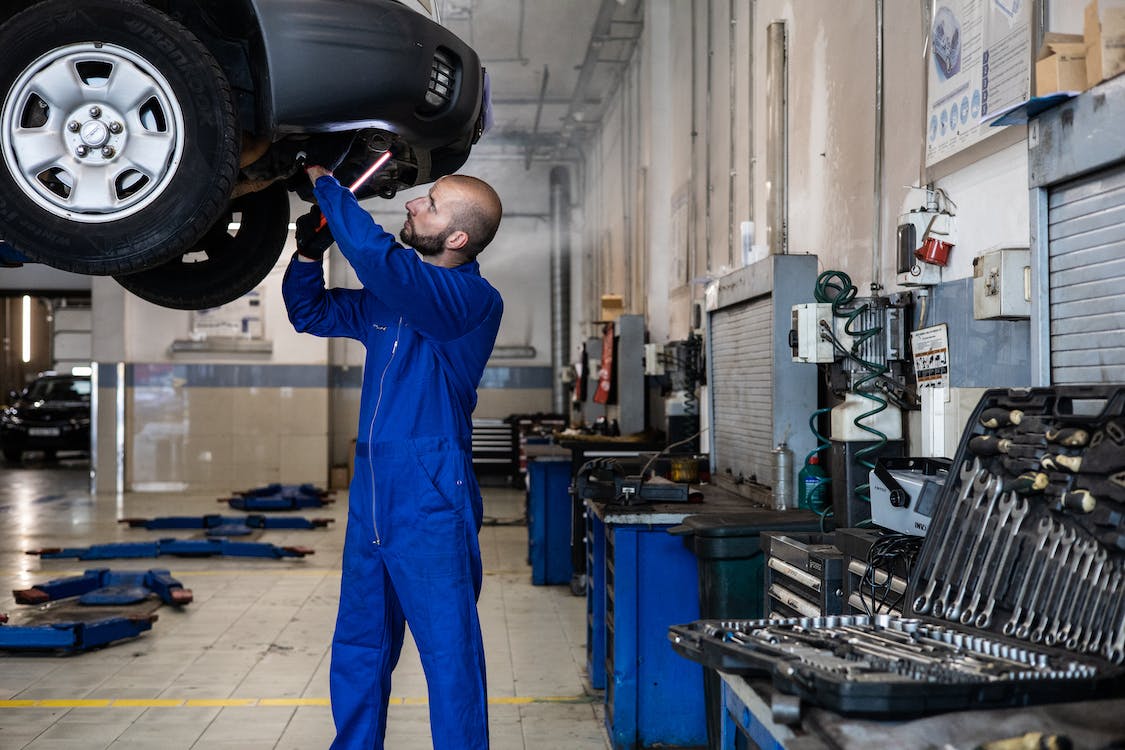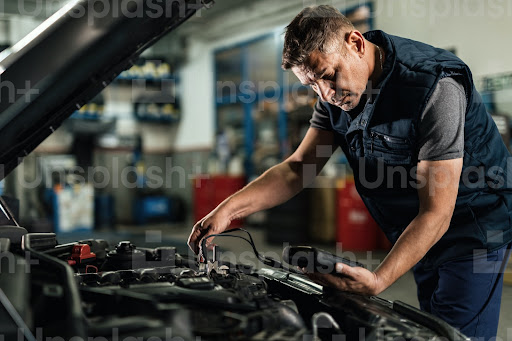Car Repairs You Should Never Try on Your Own
Some car repairs projects such as changing tires and oils are quite simple and can be easily done at home by any car owner. Other types of car repair jobs such as changing compressor parts are better left to the professionals, to avoid damaging your car while attempting to fix it at home. A survey once found that 72% of American car owners would rather fix their cars themselves than have it taken to a repair shop. While fixing your car yourself may sound pleasant, it’s important to note that there are some car repairs you shouldn’t do yourself as doing this could pose a threat to your safety and your car. In this article, we would be exploring all you need to know about car repair and maintenance projects that should not be done at home.
Car Repairs You Should Leave for Professionals
You may have learned some tips for taking on DIY automobile projects; however, unless you are a professional, there are a few projects you should never think of taking on. Here are 5 notable examples that should have you backing off your car and calling in the pros.
Vehicle Dent Repair
Repairing a dent in a car is not easy, especially for beginners. Fixing damaged body panels and applying paint is an exorbitant, messy, and time-consuming process. For someone who is not a professional, working with paint could be harmful and poisonous to your health. It is a repair job that requires professionals. This kind of repair job could be expensive, but would you rather create a mess in your DIY attempt and spend double the original amount trying to get your mess fixed?
Windshield Replacement
Due to the expensive nature of this repair, most car owners would rather refurbish a used windshield gotten out of an old car parked in a garage. While this may look like a smart move, you will discover that you might be spending more than the quote you got from the mechanic by the time you pay for all the accessories needed for installation. It is better to pay the money quoted and get a brand-new windshield professionally installed.
Brake Repairs
The internet is full of DIY guides on how to fix brake pads. While it may sound easy to do, it’s advised that you leave everything about brake repairs in the hands of a professional as they are the most important part of your car when it comes to safety. Replacing brake pads and rotors is not a job that can be done hastily. To get it fixed, you need someone with a high level of skill and patience. Your ability to drive safely is highly dependent on how good your brakes are. You don’t want to jeopardize your safety and that of other road users.
Major Engine Repairs
Due to the complexity of most car engines, it’s highly advised that every driver, no matter how experienced, should resist the urge to try to fix engine problems themselves as any attempt to do this could worsen the situation already existing. Also, the engine compartment is known to contain toxic pollutants such as carbon monoxide (CO) and if caution is not applied while working, you could harm yourself and the people around you.
Shock Absorber Replacement
Bad installation of a new shock absorber could lead to a fatal accident. Also considering the complexity that comes with fixing this car part, such as having to raise your car on a jack, you could end up with your hands or even your entire body injured. Finally, while fixing your car yourself seems cost-effective at first, it’s best to always rely on trained professionals for more complicated repairs for your safety.
Easiest Car Repairs You Could Try Out Yourself
While it’s always best to take your car to a professional for major repairs, there are a few easy repairs you can do right at home. They are:
Changing Oils
Changing your engine oil frequently is one highly recommended maintenance routine and this takes no time at all. All you need to get this done is a new oil and an oil filter. Locate the oil drain plug of your car, allow the oil to drain into a pan, close the plug, and fill up the new oil. There are a lot of online videos to help you get this done.
Changing a Flat Tire
Flat tires happen so often you can’t afford to not know how to change a tire. Simply pull over, loosen the nuts of your wheel one at a time, use a jack to lift the car, remove the loosened nuts and remove the tire. Replace the tire with a new one and screw the nuts back in. Ensure you always have essentials like spanners, a jack, and a spare tire in the trunk of your car for emergencies like this.
Replacing a Car Battery
Batteries are a car’s most important feature. No matter how long you’ve driven your car, one thing is certain. Your batteries won’t last forever. If you notice that your car battery isn’t holding a charge or your car won’t start, it might be a sign that it’s time to replace it. Luckily, this repair is quite simple and a guide for it could be easily found online.










